HarperCollins Publishers Westerhill Road Bishopbriggs Glasgow G64 2QT First Edition 2014 HarperCollins Publishers 2014 eBook Edition June 2014 ISBN 978-0-00-758357-7 Version: 2014-05-19 Collins is a registered trademark of HarperCollins Publishers Limited www.collinsdictionary.com www.collins.co.uk/childrensreference If you would like to comment on any aspect of this book, please contact us at the above address or online. E-mail:

@Collins4Parents A catalogue record for this book is available from the British Library All rights reserved under International and Pan-American Copyright Conventions. By payment of the required fees, you have been granted the non-exclusive, non-transferable right to access and read the text of this e-book on screen. No part of this text may be reproduced, transmitted, downloaded, decompiled, reverse engineered, or stored in or introduced into any information storage and retrieval system, in any form or by any means, whether electronic or mechanical, now known or hereinafter invented, without the express written permission of HarperCollins. Entered words that we have reason to believe constitute trademarks have been designated as such. However, neither the presence nor absence of such designation should be regarded as affecting the legal status of any trademark.
HarperCollins does not warrant that any website mentioned in this title will be provided uninterrupted, that any website will be error free, that defects will be corrected, or that the website or the server that makes it available are free of viruses or bugs. For full terms and conditions please refer to the site terms provided on the website. Contents Collins Primary Grammar, Punctuation and Spelling has been designed to support all pupils who are studying grammar, punctuation and spelling from age 7 to 11, whether this is for exams or to revise the key building blocks of the English language. It contains the rules and advice that will help students get to grips with these essential aspects of the English language. There are clear, easy-to-follow explanations of how grammar works, what punctuation does, and how to spell correctly. Each section grammar, punctuation and spelling is laid out in an open, attractive design that guides the user easily through the information provided.
Dozens of examples show exactly how the rules of English work. The final section is a dictionary list of words that pupils must know how to spell. These have been specially selected for this age group based on real-life experience from Spelling Bees conducted by Collins Dictionaries. The words are written out in full, with their word class clearly shown, along with any other forms such as plurals, comparatives and superlatives, and inflections all of which are also written in full, making it easy for the pupil to understand. Many helpful tips on spelling are also included throughout the spelling dictionary section to make learning easier. Collins Primary Grammar, Punctuation and Spelling is an indispensable guide to the structure and rules of English, offering clear and accessible guidance for pupils from age 7 to 11.
Explore further at www.collins.co.uk/homeworkhelp for games, activities and extra support for parents and children. Grammar is the rules of a language that tell you how to organise words to make sentences. Think about language as a series of blocks that you put together. There are rules about how these blocks can be joined. The blocks are: the word the phrase the clause the sentence This book explains what these are, how they work and how you combine them to write clear and effective English. Word class Every word in a language can be sorted into a group according to what it does within a sentence.
These groups are known as word classes or parts of speech. Some words can belong to a number of different word classes. This section explains what the word classes are and what they do. Nouns A noun is a word that names something. In a sentence, the nouns are the words that tell you which people, places or things are involved. There are different kinds of nouns.
Common nouns These nouns are used to name every example of a certain type of thing. They start with a small letter.
There are three different types of common nouns. Concrete nouns A concrete noun is a physical object that you can actually touch:
Abstract nouns An abstract noun is something that does not physically exist and so cannot be touched:
Collective nouns A collective noun is a group or collection of things:
Proper nouns These nouns are used for a particular person, place or thing. They start with a capital letter.
Singular and plural The singular form of a noun is used to mean only one of a thing:
The plural form is used to mean more than one of a thing:
| two pictures | ten elephants |
The possessive The possessive (which is sometimes called the possessive case) is used to show that a person or thing owns another person or thing.
You add s to the end of the noun that is the owner: my mothers sister Nicks football boots the cats paw the stadiums roof If the noun is a plural that already ends in s , you put an apostrophe at the end of the word: the soldiers uniforms those boys bicycles African elephants ears tractors wheels You dont use s to make a plural noun. It is only used for showing the possessive. Adjectives An adjective is a word that tells you something about a noun. Adjectives can describe nouns in a number of ways: how they feel or what they are like: a happy child a strange boy a joyful occasion what they look like: a large tree a spotty dress a gorgeous beach what they sound, smell, taste or feel like: a noisy party a stinky cheese a delicious cake a hard seat what colour they are: a yellow bag dark hair green leaves where they come from: our German relatives my American friend a northern accent what something is made from: chocolate cake a wooden box a velvet scarf Comparative adjectives and superlative adjectives When you want to make a comparison between people or things, you need to use comparative or superlative adjectives. In the examples below, taller is the comparative form of tall and tallest is the superlative. Rory is tall .
Rory is taller than his brother. Rory is the tallest boy in his class. Comparative The comparative shows that a person or thing has more of a certain quality than another person or thing. In this case it is the quality of being tall. You make the comparative form of an adjective by adding the suffix er at the end. dull + er = duller green + er = greener clever + er = cleverer Not all comparatives are made like this, though.
If the adjective is quite a long word, you use more instead. beautiful more beautiful eccentric more eccentric interesting more interesting Superlative The superlative shows that a person or thing has the most of a certain quality out of a group of people or things. You make the superlative form of an adjective by adding the suffix est at the end. dull + est = dullest green + est = greenest clever + est = cleverest If the adjective is quite a long word, you use most to make the superlative. beautiful most beautiful eccentric most eccentric interesting most interesting Good and bad The adjectives good and bad dont follow the normal rules for comparative and superlative forms.

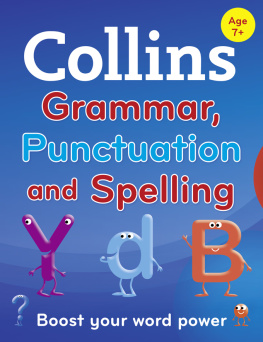
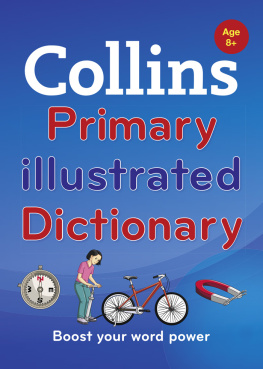
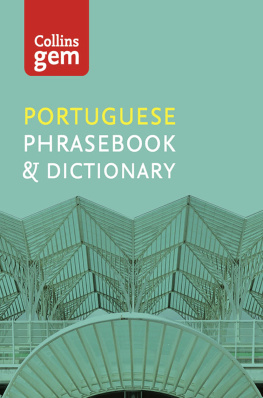


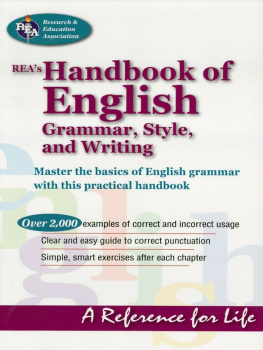
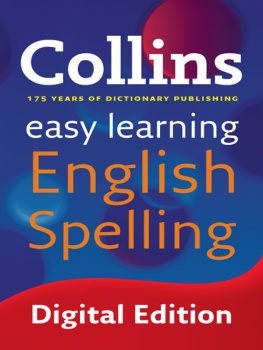

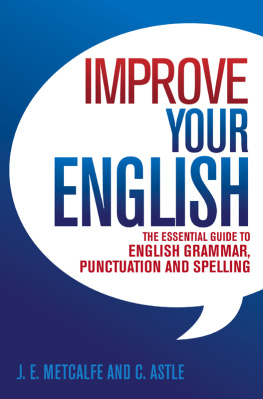
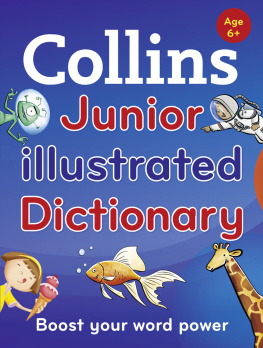
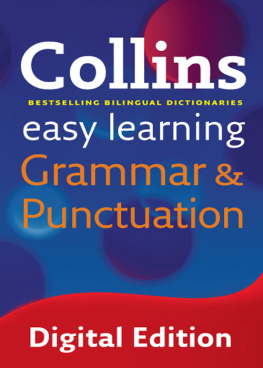
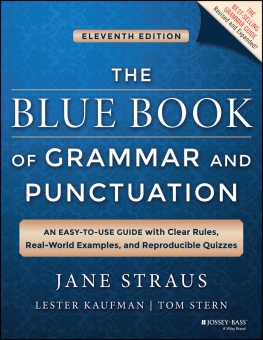

 @Collins4Parents A catalogue record for this book is available from the British Library All rights reserved under International and Pan-American Copyright Conventions. By payment of the required fees, you have been granted the non-exclusive, non-transferable right to access and read the text of this e-book on screen. No part of this text may be reproduced, transmitted, downloaded, decompiled, reverse engineered, or stored in or introduced into any information storage and retrieval system, in any form or by any means, whether electronic or mechanical, now known or hereinafter invented, without the express written permission of HarperCollins. Entered words that we have reason to believe constitute trademarks have been designated as such. However, neither the presence nor absence of such designation should be regarded as affecting the legal status of any trademark.
@Collins4Parents A catalogue record for this book is available from the British Library All rights reserved under International and Pan-American Copyright Conventions. By payment of the required fees, you have been granted the non-exclusive, non-transferable right to access and read the text of this e-book on screen. No part of this text may be reproduced, transmitted, downloaded, decompiled, reverse engineered, or stored in or introduced into any information storage and retrieval system, in any form or by any means, whether electronic or mechanical, now known or hereinafter invented, without the express written permission of HarperCollins. Entered words that we have reason to believe constitute trademarks have been designated as such. However, neither the presence nor absence of such designation should be regarded as affecting the legal status of any trademark.